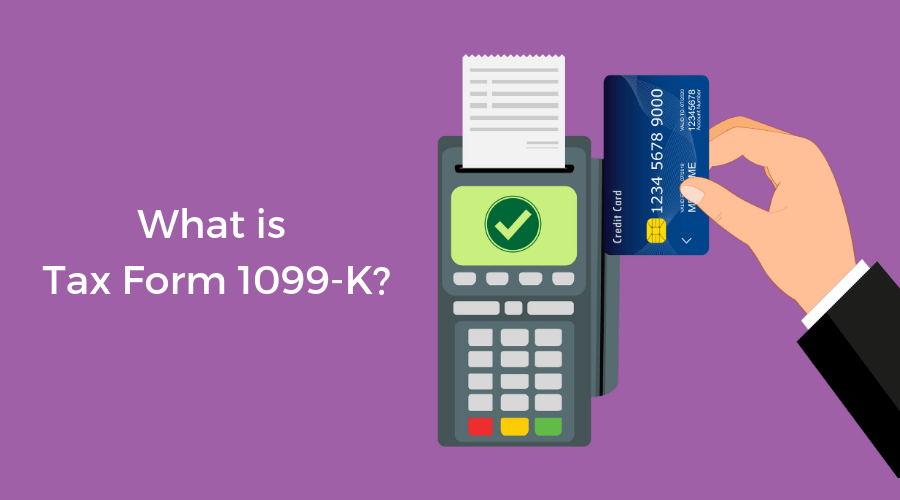A Beginner’s Guide to Social Security Taxes

This article was last edited on 1/20/2020. For updated information on Social Security taxes, visit Topic No. 751.
Every time you pay your employees, you’ll withhold Social Security taxes, also known as OASDI taxes (Old Age, Survivors, and Disability Insurance). Social Security taxes are part of FICA (Federal Insurance Contributions Act) taxes, which also include Medicare taxes. If you’re confused about who pays OASDI taxes or how much to withhold, keep reading.
Who pays Social Security taxes?
Social Security taxes are imposed on virtually all labor-related income. You’ll withhold these taxes from every paycheck, and you’ll also pay an equal amount as the employer.
Self-employed individuals, including independent contractors, also pay OASDI taxes on their labor-related income. The difference, however, is that they pay both the employee and employer portions.
Read also: Tax Basics: Self-Employment Tax
How much do you pay for Social Security taxes?
Social Security taxes are a flat 12.4 percent of workers’ income. When you pay your staff, you’ll withhold 6.2 percent from their paychecks and pay a matching 6.2 percent. Combined, this adds up to the required amount.
With Workful, you don’t have to calculate these taxes by hand. Not only will we calculate them for you, but we’ll also track your tax liability, so you will always know how much you owe when it’s time to pay. Learn more about Workful today.
Is there a maximum amount to withhold each year?
The wage base is the maximum amount of income an employee must pay Social Security taxes on. For 2020, this amount is $137,700. If a member of your team makes more than that, you’ll only withhold OASDI taxes on the first $137,700 they earn.
If you have a staff member that works multiple jobs, they’re responsible for letting you know if they’re getting close to the maximum amount.
How are Social Security taxes used?
Unlike federal income taxes, OASDI taxes are used in a specific way. They pay for current and future Social Security retirement and disability benefits, as well as benefits for widows and widowers.
The taxes you and your team are paying now are used to pay the benefits being used today. When you’re ready to retire, your benefits will be paid by the workforce paying Social Security taxes at that time.
Read also: A Small Business’s Guide to Employment Taxes


